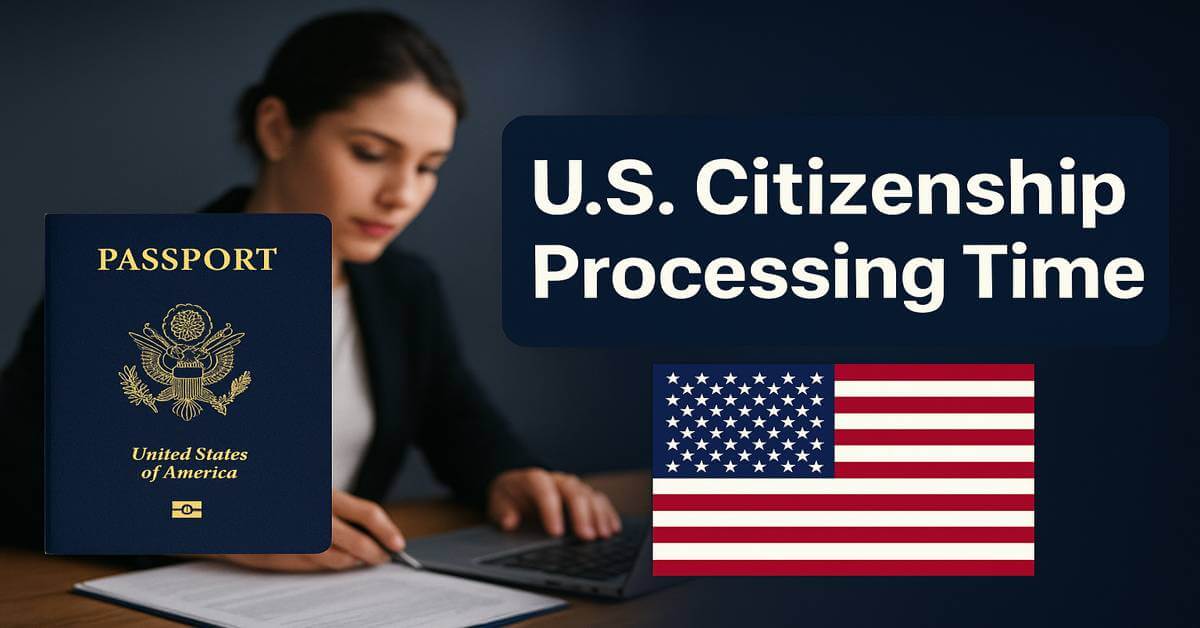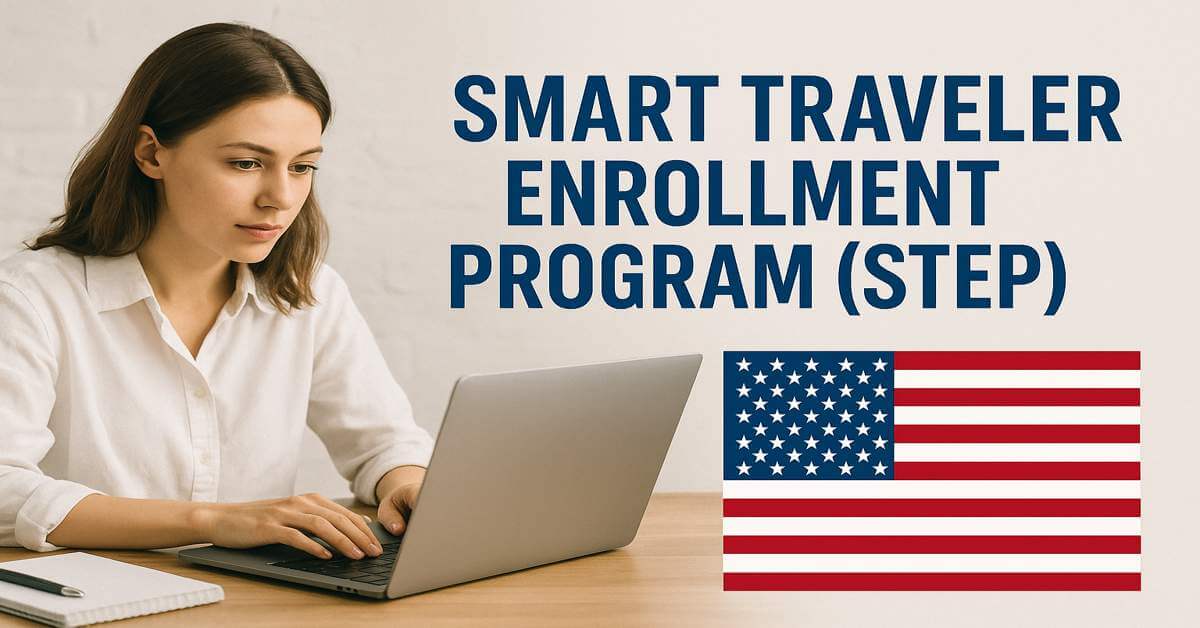Becoming a U.S. citizen doesn’t pay in dollars but the rewards are priceless: full voting rights, access to government benefits, and the freedom to travel with a U.S. passport. You need to have been a lawful permanent resident for several years and demonstrate good moral character.
The process is a mix of paperwork, appointments, and in-person interviews you’ll mostly visit USCIS offices, though filing can be done online. Think of it as a “job” where your dedication, patience, and attention to detail determine your success.
U.S Citizenship Process:
Step 1: Submitting Your Application for Naturalization
The process starts when you file Form N-400, either online or by mail. Applicants outside the U.S., or those requesting a fee waiver, must file by mail.
Tips for a smooth application:
- Include all supporting documents, like a photocopy of your green card (Form I-551).
- Provide certified English translations for any documents not in English.
- Make sure your answers are complete and accurate; missing information can delay processing.
- Notify USCIS if your address changes to avoid missing updates.
Official Reference: USCIS N-400 Form
Step 2: Attending Your Biometrics Appointment
After filing, you’ll receive a biometrics appointment notice (Form I-797C). At the appointment, USCIS collects your fingerprints, photo, and signature for a background check.
What to bring:
- Appointment notice (Form I-797C)
- Green card
- A second photo ID (driver’s license, state ID, or passport)
Tip: Respond promptly to any Request for Evidence (RFE) if USCIS asks for extra documents. This prevents delays in your process.
Official Reference: USCIS Biometrics Information
Read Also: U.S. Citizenship Application Cost
Step 3: Citizenship Interview and Exam
Interview
You’ll be scheduled for an interview once your biometrics are processed—typically around 5–8 months after filing. Bring all requested documents and any updates regarding your address or status.
Important: Notify USCIS if you cannot attend; missing the interview can pause your application and may require restarting the process.
Exam
The citizenship test evaluates your English proficiency and civics knowledge (U.S. history and government).
Preparation Tips:
- Study the official USCIS study materials.
- Practice English reading, writing, and speaking exercises.
- If you fail one part, you can retake it within 60–90 days.
Official Reference: USCIS Citizenship Resource Center
Step 4: Receiving a Decision on Your Application
After your interview and exam, USCIS may:
- Approve your application move on to Step 5.
- Continue your application if documents are missing or the exam wasn’t passed; you may need to provide additional information.
- Deny your application appeals are possible, including requesting a hearing or a district court review.
Tip: Respond to USCIS requests promptly to avoid delays or denials.
Step 5: Taking the Oath of Allegiance
Once approved, you’ll receive a notice for your Oath of Allegiance ceremony (Form N-445). After taking the Oath, you officially become a U.S. citizen and receive your Certificate of Naturalization.
Missed Ceremony? Return the notice with a request for a new date. Multiple missed ceremonies can lead to denial.
Official Reference: USCIS Naturalization Ceremony
After Naturalization:
- Register to vote
- Update your Social Security record
- Apply for a U.S. passport
These steps ensure you can travel, vote, and file taxes as a new citizen.
Processing Times:
USCIS field offices handle applications differently depending on workload. The national average is a median across all offices. Some offices may take up to 15 months, while others process faster.
Tip: Check your local office’s processing times regularly.
Official Reference: USCIS Processing Times
Citizenship Interview and Test:
The citizenship interview and test are crucial steps in becoming a U.S. citizen. During the interview, applicants meet with a U.S. Citizenship and Immigration Services (USCIS) officer who reviews their application and asks questions about their background, residency, and moral character. The accompanying test evaluates knowledge of U.S. history, government, and civics. Proper preparation for both the interview and test is essential for a smooth and successful naturalization process.
Eligibility for U.S. Citizenship:
Understanding eligibility for U.S. citizenship is the first step toward applying for naturalization. To qualify, applicants must typically meet criteria such as being a lawful permanent resident for a required number of years, demonstrating good moral character, maintaining continuous residence, and passing the citizenship interview and test. Meeting these eligibility requirements ensures a higher chance of approval and a seamless path to becoming a U.S. citizen.
Additional Information for U.S Citizenship Processing Time 2025:
- Naturalization generally takes 5.5–8 months, but timing depends on your local USCIS office.
- Complete applications, prompt RFE responses, and attending appointments on time speed up the process.
- Preparation for the interview and exam is essential.
- After naturalization, update records and enjoy your rights as a U.S. citizen.
Frequently Asked Questions:
-
What is a biometrics appointment?
During the biometrics appointment, USCIS collects your fingerprints, photograph, and signature for a background check. Bring your appointment notice, green card, and a second photo ID.
-
What if I fail the citizenship test?
You can retake the portion you failed 60–90 days later. It’s important to prepare using USCIS study materials to avoid delays.
-
How long does it take to become a U.S. citizen?
On average, the naturalization process takes 5.5–8 months from filing Form N-400 to taking the Oath of Allegiance. Timelines vary depending on your USCIS field office and individual circumstances.





